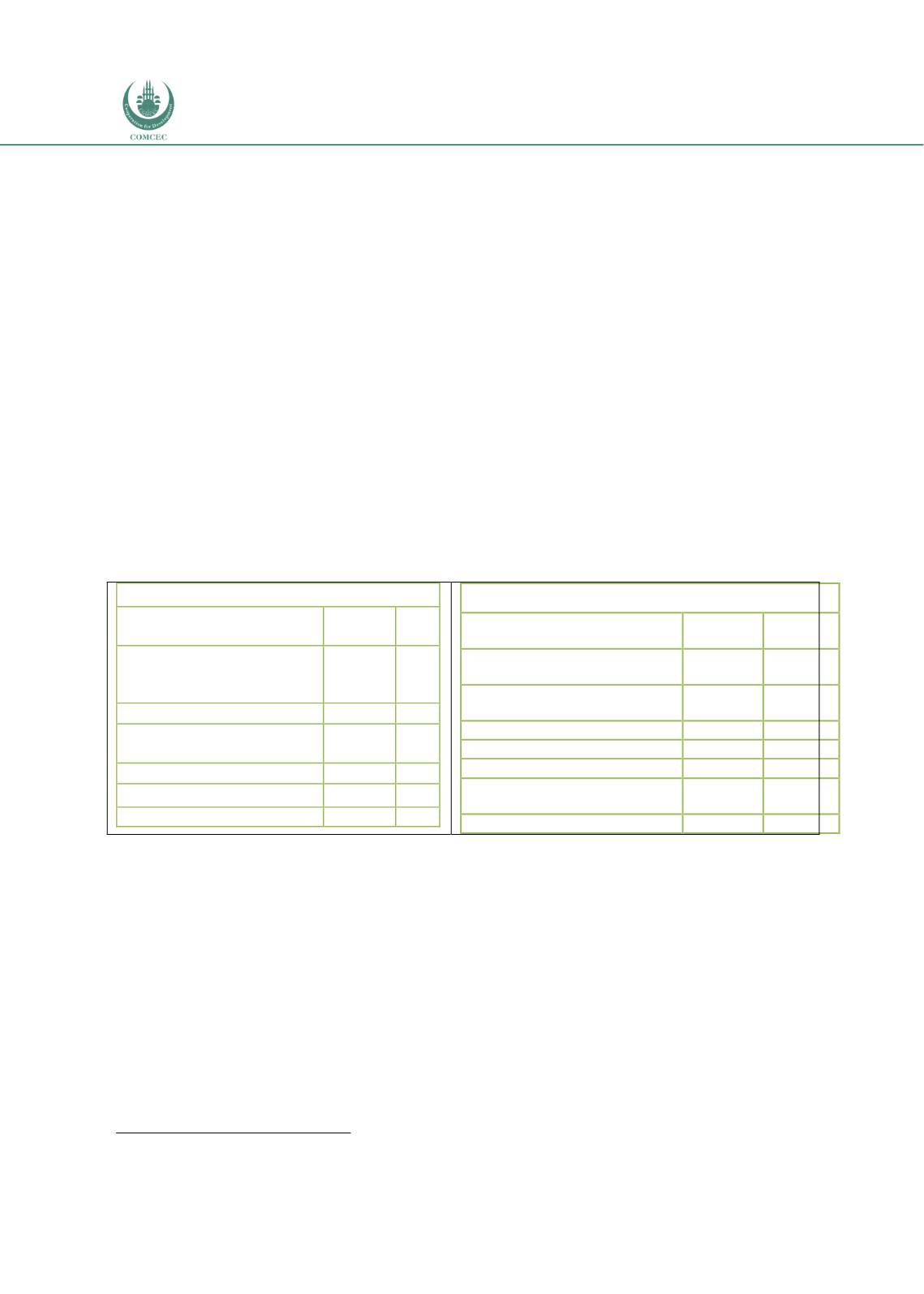

Infrastructure Financing through Islamic
Finance in the Islamic Countries
162
companies. Similarly, in 2007 the Financial Services Authority (FSA) issued regulations on
home purchase plans and HM Revenue and Customs provided guidance on tax treatments on
value-added tax and capital gains tax. HM Land Registry issued guidance on public registration
requirements when Islamic financial instruments of
ijarah wa iqtina
, diminishing
musharakah
and
murabaha
are used to purchase land.
73
4.6.5.
Role of Islamic Finance in Infrastructure Finance
Though Islamic finance forms a small part of the overall financial sector, the industry has
contributed to the development of a few infrastructure projects in the UK. The projects that
have had Islamic finance components include Battersea Power Station regeneration, the
redevelopment of Chelsea Barracks, and the Olympic Village. While AlRayyan Bank has not
played any role in these projects, partly due to its small size, funds have come from Islamic
investment banks. Gatehouse Bank, an Islamic investment bank, also invested GBP 700 million
to develop 6,500 homes in the North West and Midlands (UKTI 2014 and BEB 2015). Table
4.6.2 shows the size of the Islamic banking sector and the investments made in the
infrastructure sector. With assets worth GBP 4.07 billion, only 1.77% of these are invested in
the infrastructure sector. However, the table shows that a significant part (11.1%) of Islamic
bank assets in the UK are in sukuk holdings.
Table 4.6. 2: Islamic Bank Asset Structure and Financing of the Infrastructure Sector, UK (Q1
2018) (GBP million)
Total Islamic Banking Assets
Asset Composition
GBP
(Million)
% of
total
Total
Shariah-compliant
financing (excluding interbank
financing)
2,752.3
67.6%
Sukūk holdings
453.0
11.1%
Other
Sharī`ah-compliant
securities
82.2
2.0%
Interbank financing
642.6
15.8%
All other assets
140.2
3.4%
Total assets
4,070.2
100%
Infrastructure Financing by Islamic Banks
Financing
going
to
infrastructure
GBP
(Million)
% of
total
Electricity, gas, steam and air-
conditioning supply
5.1
0.16%
Water supply; sewerage and
waste management
14.6
0.47%
Transportation and storage
9.3
0.30%
Information and communication 21.0
0.68%
Education
0.0
0.00%
Human health and social work
activities
5.0
0.16%
Total Infrastructure
55.0
1.77%
Source: IFSB Prudential and Structural Islamic Financial Indicators (PSIFIs)
As indicated, the government issued a sovereign sukuk valued at GBP 200 million in 2014.
While there is no indication that the funds raised by the government were used for specific
infrastructure projects, the huge demand of the sukuk with GBP 2 billion in orders indicate the
potential for using the instrument to raise funds for infrastructure projects in the country.
Case Study: Green Investment Group
The UK government initiated a unique financial institution, Green Investment Bank plc in
2012, to invest in green energy infrastructure. The bank was acquired by Macquarie Group
Limited in 2017 and changed their name to Green Investment Group (GIG). GIG invests equity
and debt in different types of green energy infrastructure technologies including wind, solar,
hydro and waste and bioenergy. Other than investments, GIG also provides other services that
include green impact reporting, green bank advisory and merger and acquisitions in a low
73
See:
https://www.gov.uk/government/publications/islamic-financing/practice-guide-69-islamic-financing















